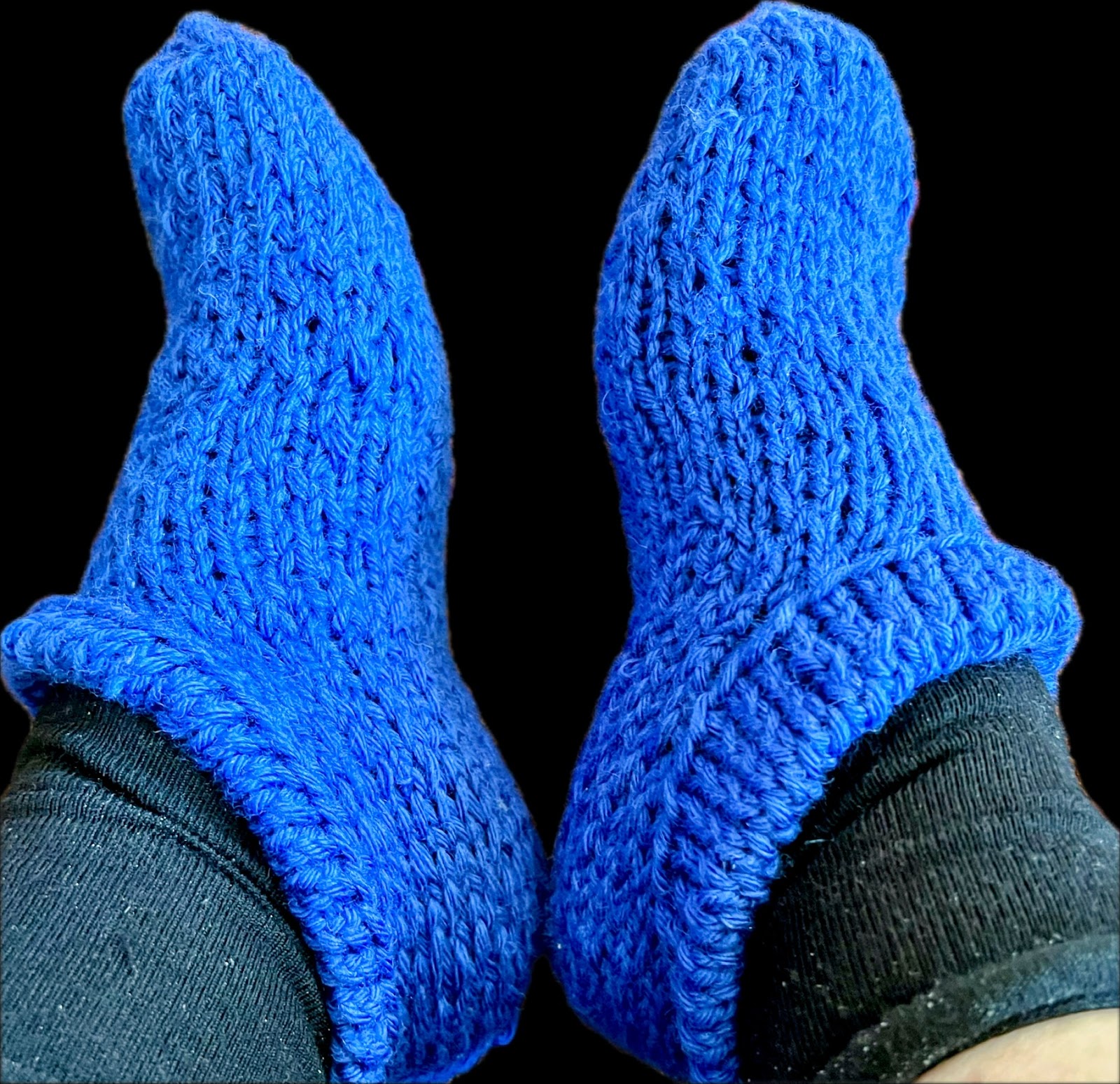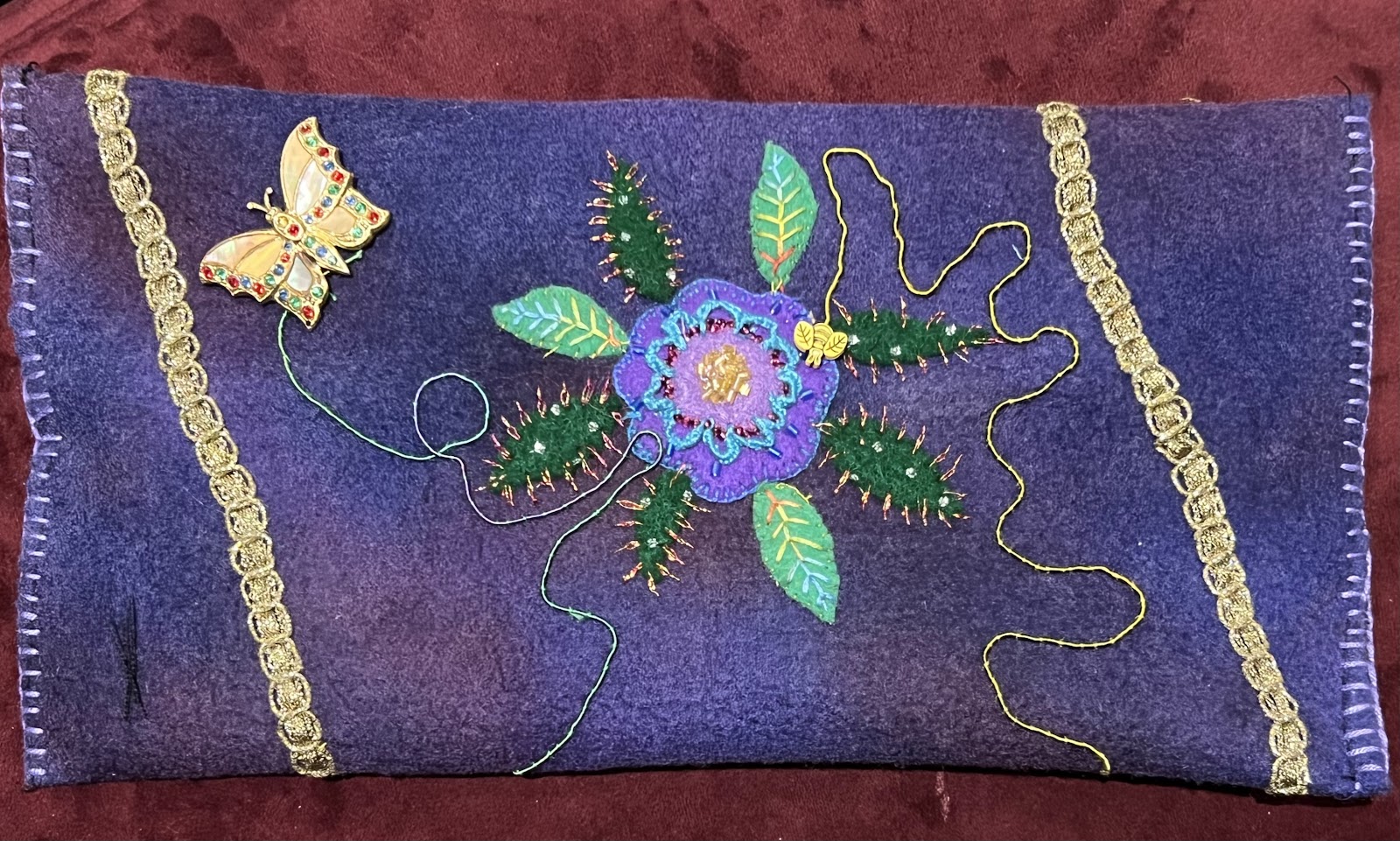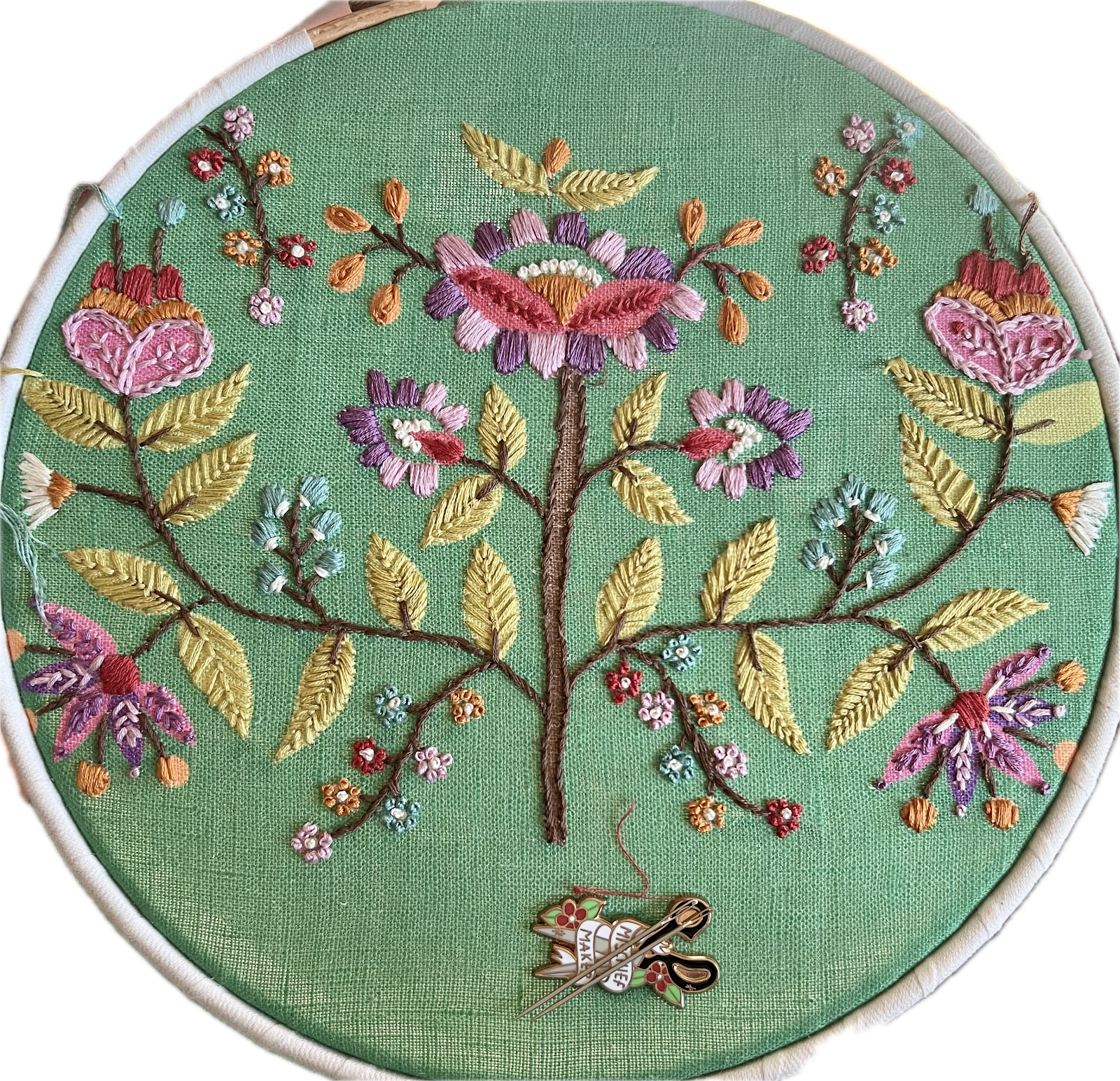 Originally, the centre was the only part I planned for green, but I now got bold, and used the honeycomb stitch from p21 for the remaining leaves. I also added a touch of green to the stems, a single line of chain stitch.
Originally, the centre was the only part I planned for green, but I now got bold, and used the honeycomb stitch from p21 for the remaining leaves. I also added a touch of green to the stems, a single line of chain stitch. 
A record of my stitching and related activity - mostly smocking and embroidery - and what I am learning along the way.
 Originally, the centre was the only part I planned for green, but I now got bold, and used the honeycomb stitch from p21 for the remaining leaves. I also added a touch of green to the stems, a single line of chain stitch.
Originally, the centre was the only part I planned for green, but I now got bold, and used the honeycomb stitch from p21 for the remaining leaves. I also added a touch of green to the stems, a single line of chain stitch. 

 Last week, after a bit of a cleanup in my sewing room, I retrieved the remnants, cut them out and on Saturday I ironed, then machined them into 21 bags of varying sizes, mostly rather larger than A4 size.
Last week, after a bit of a cleanup in my sewing room, I retrieved the remnants, cut them out and on Saturday I ironed, then machined them into 21 bags of varying sizes, mostly rather larger than A4 size. Before I went to bed, I got out my container of ribbons and assigned an appropriate drawstring to each of them. Some were a bit rough and ready - a pair of shoestrings, several pieces of florist's ribbon and a pyjama cord amongst them. I really enjoy this process of reuse and appropriation.
Before I went to bed, I got out my container of ribbons and assigned an appropriate drawstring to each of them. Some were a bit rough and ready - a pair of shoestrings, several pieces of florist's ribbon and a pyjama cord amongst them. I really enjoy this process of reuse and appropriation. One I used was a braid I remember from my childhood. My mother had a lot of it in a couple of colours. I think the other one was either yellow or green. I last used it, I think, on clothes for either my own children, or my grandchildren. There is still about 8" left after I added it as a draw cord for one of these bags.
One I used was a braid I remember from my childhood. My mother had a lot of it in a couple of colours. I think the other one was either yellow or green. I last used it, I think, on clothes for either my own children, or my grandchildren. There is still about 8" left after I added it as a draw cord for one of these bags.


 I've used up the remainder of these two balls for scales of justice on the beanies, but I am up to knitting more should these prove a hit. I love working in this Elixir 16 ply yarn
I've used up the remainder of these two balls for scales of justice on the beanies, but I am up to knitting more should these prove a hit. I love working in this Elixir 16 ply yarn

 The linen on which it was printed was a little wider than A4, so once again, I turned it into a zippered bag. The last one worked very well.
The linen on which it was printed was a little wider than A4, so once again, I turned it into a zippered bag. The last one worked very well. The cutting out, finding lining, constructing bag and strap all went well. I bombed, however, putting in the strap, forgetting that, with a zip, it needed to go on the outside of the bag!
The cutting out, finding lining, constructing bag and strap all went well. I bombed, however, putting in the strap, forgetting that, with a zip, it needed to go on the outside of the bag!  I had a very small piece of felt with silver spots printed on it, which I thought might provide a lift. In the end, after consulting with others, I added another four leaves, five in the spotted dark green and three in a lighter colour.
I had a very small piece of felt with silver spots printed on it, which I thought might provide a lift. In the end, after consulting with others, I added another four leaves, five in the spotted dark green and three in a lighter colour.  When I chose the background felt I did so thinking it would be a shame to cut it for a pincushion, and it might be folded into a pouch.
When I chose the background felt I did so thinking it would be a shame to cut it for a pincushion, and it might be folded into a pouch.  It looks nothing like the pincushion template, and I have more pouches than I can use, but I'm very pleased with this one. I have enjoyed two days of simply messing about with colours, fabric, threads, bling and ideas. And I really like the result.
It looks nothing like the pincushion template, and I have more pouches than I can use, but I'm very pleased with this one. I have enjoyed two days of simply messing about with colours, fabric, threads, bling and ideas. And I really like the result.
 As I progressed, family members expressed astonishment at the emerging size, and when it was large enough to hold against my own head, my daughter and I fell about laughing, my daughter insisting the only use was a tea cosy. I considered it.
As I progressed, family members expressed astonishment at the emerging size, and when it was large enough to hold against my own head, my daughter and I fell about laughing, my daughter insisting the only use was a tea cosy. I considered it.  With some nervousness I decided to call upon my steeking skills. I had the distance between the motifs to play with to the left of the red scales, , so I cast off 10 stitches, then worked a sharp crown decrease. When the piece was finished I ran a row of machine stitching from the cast-off section to the band - and cut it off. I stitched the edges together by hand - very securely! The circumference is now 56cm.
With some nervousness I decided to call upon my steeking skills. I had the distance between the motifs to play with to the left of the red scales, , so I cast off 10 stitches, then worked a sharp crown decrease. When the piece was finished I ran a row of machine stitching from the cast-off section to the band - and cut it off. I stitched the edges together by hand - very securely! The circumference is now 56cm.Colour printing of the background as well as the design - is a breakthrough. It leaves the way open for stitching as embellishment of the printed pattern, rather than filling.
I followed the recommended limited colour pallet rather than my own. No regrets for that, It's fabulous.
When I finished I ironed and pinned it on to the chosen bag, turning under a hem of about 1cm.. After adjustment, I stitched it on by machine.I then went around the hem with a herringbone stitch.

It's a slightly tight fit, and does result in creasing, but that will soon come out when filled with groceries!
I moved on to Marta, where the leaves and stems captured me. Again, I love the choice of colour. The design flows with stitching. I've stuck with the recommended six strands. It's thread hungry, but effective.

